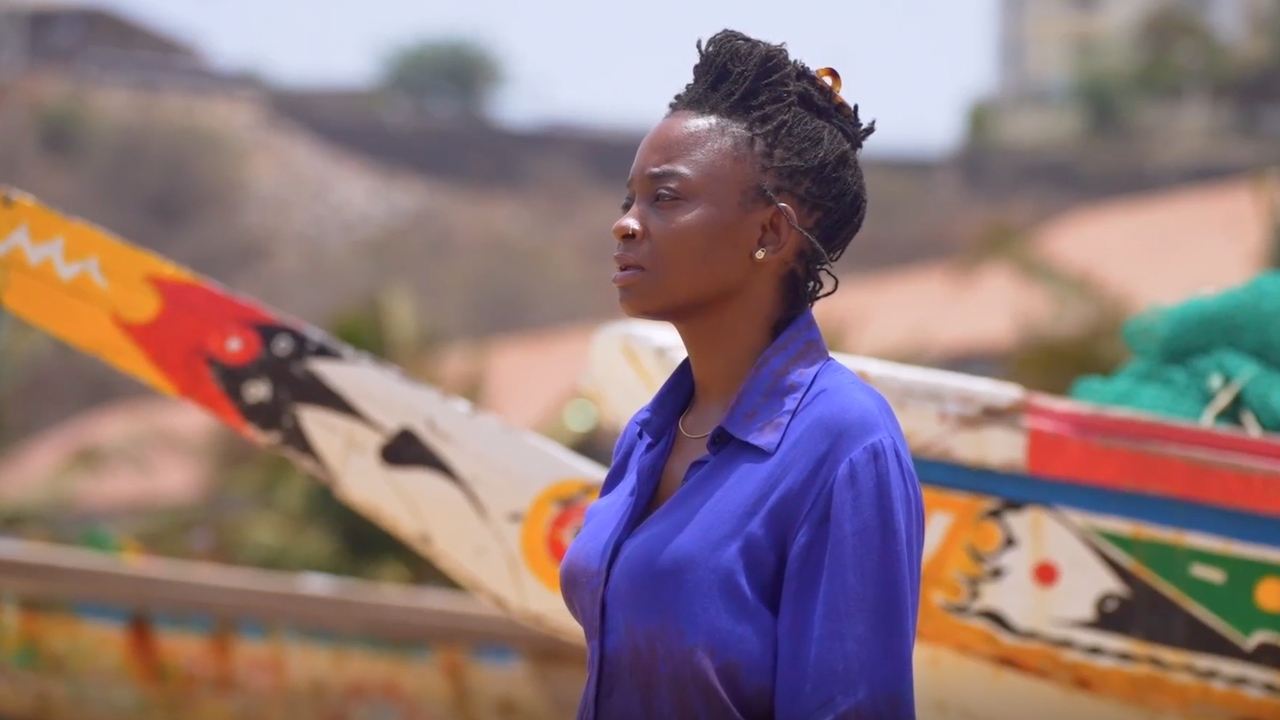Martin Sastre
‘American As Well’, the title of Uruguayan artist Martin Sastre’s first UK show, could be taken several ways. Most obviously, it makes a political point of a geographical fact. To be sure, a certain kind of cultural nationalism does run through Sastre’s work, though it’s heavily ironic. But ‘American’ in a chauvinist sense also refers to the USA and, further, to that nation’s defining cultural export: the products of its entertainment industry. So the title can be read as a challenge, a threat to out-do America at what America, supposedly, does best.
The main piece was a video projection, Video Art: The Ibero-American Legend (2002), set in the year 2492. Sastre plays the role of a globally famous entertainment mogul, awoken from cryogenic slumber to narrate the ‘epic crusade of Ibero-American video art’. His story opens in Montevideo, Uruguay, in the bedroom of grunge-fixated Video Kid – Sastre, again, as a teenager. Suddenly, in a deliberately lo-fi computer animation sequence, Video Kid is visited by a superior being – the Hello Kitty character. Receiving from her the ‘secrets of … video art’, Video Kid’s reign as a globally famous, award-winning art star is cut short by the artist Matthew Barney. Sastre contends that, just as video art was killed off by Barney’s Hollywood-level production values, so Hollywood was itself destroyed by the rapid promulgation of television news, with its addictive hyper-reality. But humanity needed films, the narrator tells us; it needed its dreams. And so, the happy ending: a letter, sent by the Video Kid to Kofi Annan, containing the era-heralding promise ‘Ibero-American dreams are cheaper’, and the endless series of remakes of Hollywood films that go on to make United Ibero-American Artists very, very rich.
The narrator finishes his story by jubilantly lip-synching to Starship’s song ‘Nothing’s Gonna Stop Us Now’ (1987). But if the piece seems evocative of the 1980s, it isn’t only because of the use of songs and film clips – Blondie’s ‘Call Me’ (1980), movies such as Dirty Dancing (1988) and Die Hard (1987) – but also because of the way in which financial success is presented as morally laudable. As in all rags-to-riches fables, doing good and making good are inseparable. The sense is of a people rising up – a Pan-Latinist revolution – to claim their rightful slice of the capitalist pie. Star billing in the credits goes to every Latin country, from Argentina through Portugal to Venezuela.
Two earlier works also explore this notion of dreams as commodities, of an entertainment industry that packages our fantasies. Masturbated Virgin (2000–01) is a video diptych, aping the formats of computer games and movie trailers, that incorporates a dizzying barrage of references – black and white film clips, CNN footage of 9/11, music videos, Matrix-style graphics. The mission of the main character – Sastre, again – is either (and it’s never quite clear which) to stop masturbating over, or else to have sex with, Britney Spears. Dressed as a nun – a reference to her supposed virginity – but simultaneously promoted as an object of sexual fantasy, Spears is emblematic of the salacious enticements of media culture as a whole. The other piece, The E! True Hollywood Story (2000), is a parody of a tabloid-television style celebrity exposé – the rise and fall of art wunderkind Sastre. Promising to reveal the ‘real truth’, the programme instead perpetuates a familiar series of clichés – the obligatory drug and sex scandals, dark secrets from the past, the typical tone of admonitory gravitas to the narration – which maintain, rather than deconstruct, the fantasy of celebrity.
There is a better – funnier, but also more sophisticated – take on art stardom, in Montevideo: The Dark Side of Video (2003), a companion piece to the main work. Again there is a futuristic science fiction story, too complex to paraphrase briefly. In one scene the artist covers Kylie’s 1987 song ‘I Should Be So Lucky’ and imagines himself a famous artist – signing lucrative contracts, making the cover of Artforum, shopping at Prada. In another scene the sound-track is ‘Vogue’, by Madonna, though the names of classic actors are replaced by those of contemporary art stars: ‘Sarah Lucas, Damien Hirst, Kara Walker’. As with the 1980s renaissance in voguing – dancing as an act of quotation, where moves are based on the famous poses of actors – so the signature style of each of these artists is both instantly recognizable and, therefore, easily imitated.
Imitations, cover versions, remakes: having been force-fed a lifetime of Western cultural product, such acts of appropriation amount almost to militancy. If that sounds far-fetched, there’s a nice moment in a piece called The Martin Sastre Foundation (2003) where the artist’s signature is after the style of Walt Disney, the original cryogenically frozen entertainment mogul. Uncle Walt’s individual scribble, elevated to the status of corporate logo and a globally celebrated American trademark, is simultaneously, though unlawfully, democratized as a font that anybody can use.















